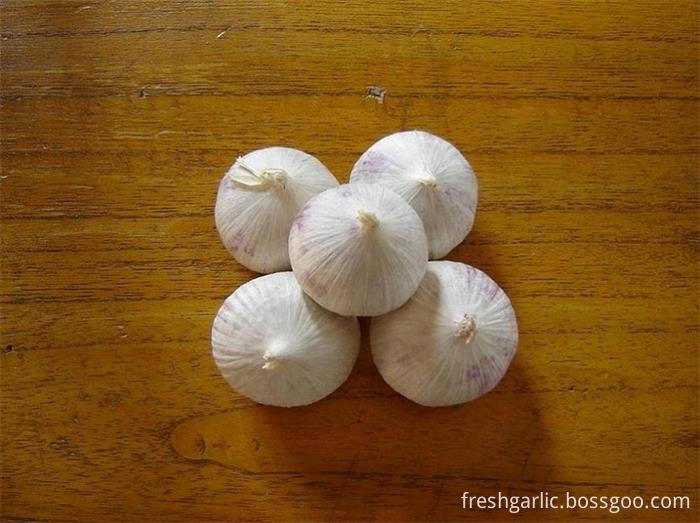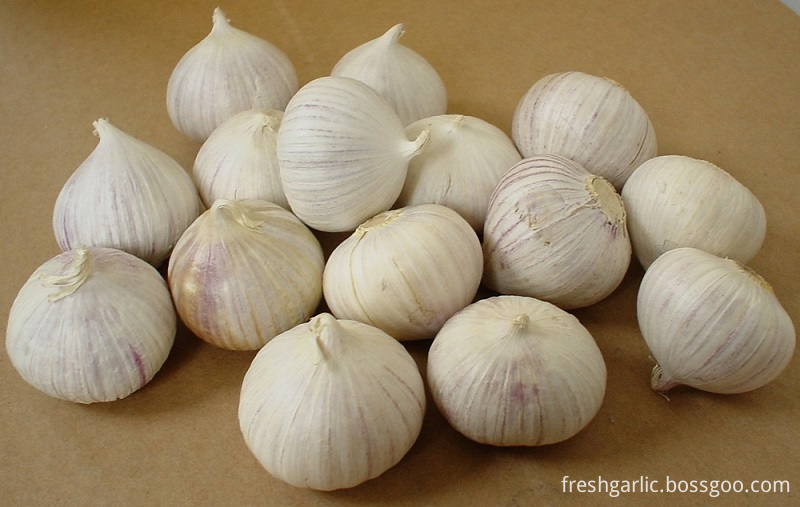First, cold insulation
In winter, the outside temperature is low. It is very necessary to do a good job in the cold protection of rabbit houses. It is necessary to keep the temperature relatively stable, and avoid colds caused by hot and cold. The temperature of the newborn rabbit house is maintained at 30-32°C, and the rabbit is suitable at 10-25°C. Excessive temperatures can cause loss of appetite, indigestion, decreased libido, and reproductive difficulties. If the temperature is too low, it will affect the growth and development of rabbits and increase the consumption of feed. Therefore, to close the doors and windows, to prevent the thief wind invasion, outdoor Sheshan should be hanging a good straw curtain to prevent cold wind intrusion, causing unnecessary losses.
Second, cleaning moisture
Humidity is often influenced by temperature, and high temperature and humidity or low temperature and low humidity are very unfavorable to the growth and development of rabbits. High temperature and high humidity will affect the cooling of rabbits. Especially harmful to breeding male rabbits. Low temperature and high humidity will increase the amount of heat dissipation, so that the rabbit has a cold feeling, especially for young rabbits and young rabbits. When the temperature is appropriate and moist, it is conducive to the reproduction of bacteria and parasites, which can cause various diseases and affect their growth and reproduction. Therefore, the relative humidity in the rabbit house should be kept as constant as possible, with 60% to 65% being appropriate, and generally not less than 55% and not more than 70%.
In winter, the doors and windows are closed tightly, and the ventilation time is relatively reduced. It is necessary to remove the excrement in time, introduce fresh air, minimize the stay time of rabbit excrement in the house, make use of noon time, do a good job in ventilation and ventilation, and keep the air in the house clean. Reduce the content of toxic and harmful gases and effectively control the occurrence of respiratory diseases. There are toxic and harmful gases in the house, mainly hydrogen, sulfur gas, carbon dioxide, etc., which have a direct toxic effect on the rabbit body. The concentration of ammonia in the house should not exceed 0.004%. If it reaches 0.005%, the rabbit's respiratory rate can be slowed down, tears and stuffy nose can occur. More than 0.01% will lead to a significant increase in tearing, runny nose and mouth lice in rabbits. Hydrogen sulfide must not exceed 0.00066% and carbon dioxide must not exceed 0.35%. Actual work does not need to be measured. People can feel comfortable when they enter the house.
Third, increase the degree of illumination
Light plays an important role in regulating the physiological function of rabbits. Appropriate lighting helps to increase the metabolism of rabbits, increase appetite, and promote the metabolism of calcium and phosphorus. Illumination also has bactericidal effect and maintains dryness in the house to help prevent diseases. In particular, the impact on fertility is even greater. According to practical experience, reproductive female rabbits can obtain the best reproductive effect when they are exposed to light for 14 to 16 hours per day. The number of litters can be increased by 8% to 10%. At present, small rabbit farms generally use natural light, and the lighting area should account for rabbits. About 15% of homes. The incident angle of sunlight is not less than 25 to 30 degrees. Large-scale rabbit farms often use artificial light or artificial supplementary light. The light intensity is appropriate at 4 watts per square meter. It has been proved that if shenwen is no light at 20-24°C, supplemented with light for 2 hours per square meter, the female rabbit has a certain reproductive ability, but the conception rate is very low, and the fertility rate of a single breeding is only about 30%. When lighting is increased to 15 watts per square meter and the lighting time is extended by 2 hours, the fertility rate of one breeding can reach about 50%. Therefore, in raising rabbits, everyone should pay enough attention to the illumination.
Fourth, feed cooperation
In winter, due to low temperature, lack of green feed, reduced nutritional levels, thin rabbits, energy feeds, and vitamin deficiency, daily diets increase by about one-third over other seasons, especially for more Feed high-energy concentrated feeds such as corn, bran, soybeans, etc., and also try to feed feeds such as lettuce, carrots, and malt, so as to supplement the deficiency of vitamins. After feeding dry roughage and leaves, it is best to crush them. Add a small amount of bean dregs or bran, mix well with water and feed. At the same time pay attention to drinking water, should drink warm water in the winter, at night to feed a feed. However, it is forbidden to feed rabbits with frozen radish, in order to reduce the occurrence of gastrointestinal diseases.
V. Disease Prevention
1. Disinfection. The purpose of disinfection is to eliminate pathogenic microorganisms from outside, cut off the infectious agents, and prevent the spread of the disease. Due to the different objects to be disinfected, the disinfectant drugs and methods used are also different. Food troughs, drinking utensils, etc., can be used 2% to 3% fire alkali water or 3% to the Soviet Union children's sterilization; metal rabbit cages and metal utensils, can be used torch, flame disinfection or use 5% to Su children disinfection; wooden, bamboo Rabbit cages and utensils, disinfected with 2% to 3% pyrogenic alkali water, 5% susu, and 0.1% peroxy acetic acid; 10% to 20% lime water, 5% bleach, or 2% to 3% available on sports grounds and sidewalks Fire alkali spray. The feces should pile up and ferment.
2. Vaccine injection. In winter, it is the frequent occurrence and epidemic seasons of fierce infectious diseases such as rabbits, Pasteurella and Clostridium perfringens. It is necessary to regularly immunize all healthy rabbits to improve the immunity of rabbits. The three-joint seedlings of the "two-joint seedlings of the Bo" and the "Yao-Bawei" can achieve the purpose of epidemic prevention with one needle, two effects or one needle and three effects, ensuring the healthy development of the Rex rabbit industry.
The Single Clove Garlic (also called Solo Garlic) is produced in the high mountain area of Yunnan Province in China, it is grown with organic fertilizers without chemical pollution. The harvest time is February to March each year. Solo garlic's price is higher than regular multi-clove garlic.
1. Commodity name: Single clove garlic
2. Feature: purple and white in color, good-looking appearance, unique flavour, strong fragrant taste compared with regular multi-clove garlic.
3. Origin: Yunnan province of China
4. Size: 2.5-3.0cm, 3.0-3.5cm, 3.5cm and up
5. Packing:
a) prepack: 250g/bag or basket, 10kgs/carton;
b) Loose packing: 10kgs/carton, 10kgs/mesh bag
c) packed according to clients` requirements.
6. Supply period: all the year round
a) Fresh season: early March to July
b) Cold storaged season: early August to the next February
7. Transporting and storing temperature: -3°C--+2°C
8. Shelf life: stored for up to 12 months in the proper conditions



Solo Garlic
Solo Garlic,Fresh Solo Garlic,White Solo Garlic,Natural Solo Garlic
JINING FORICH FRUITS & VEGETABLES CO., LTD. , https://www.forichgarlic.com
